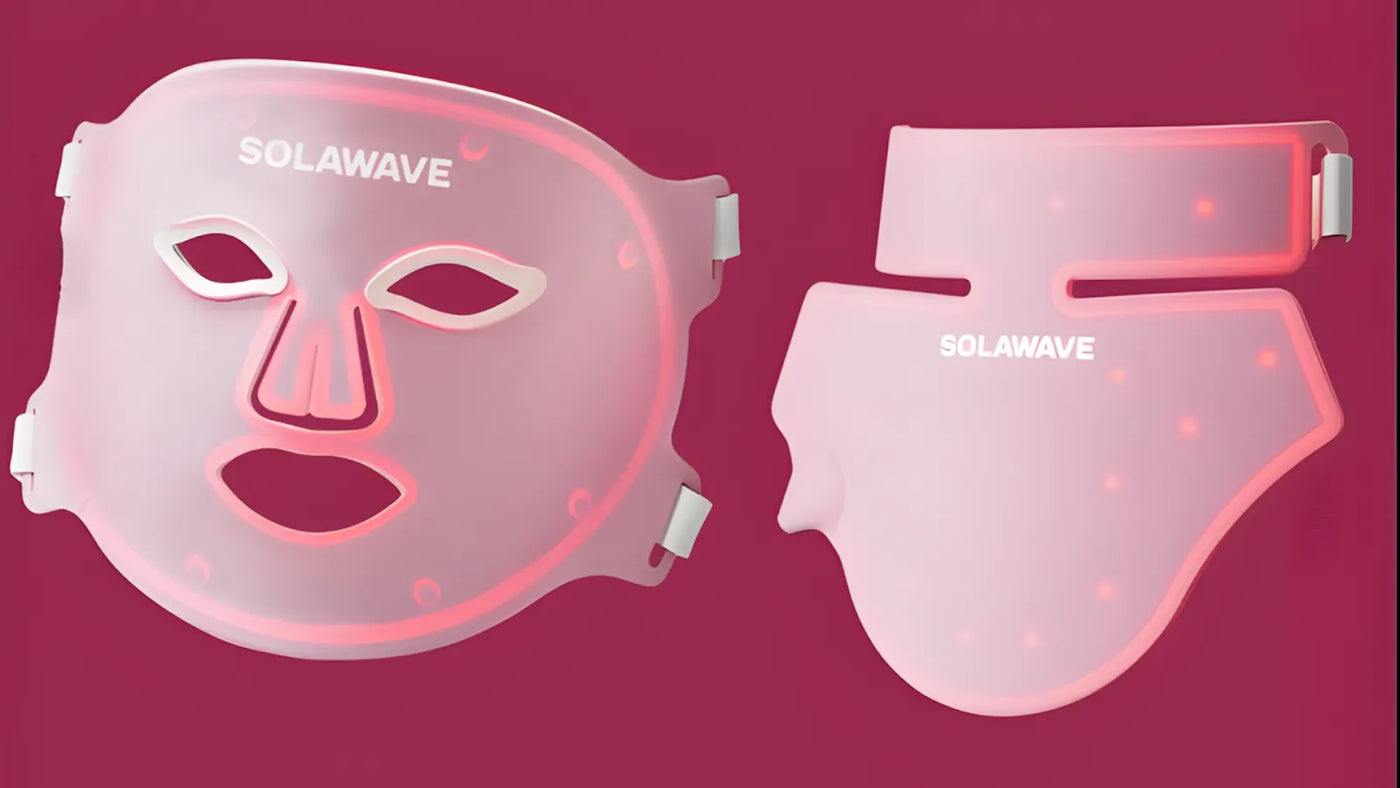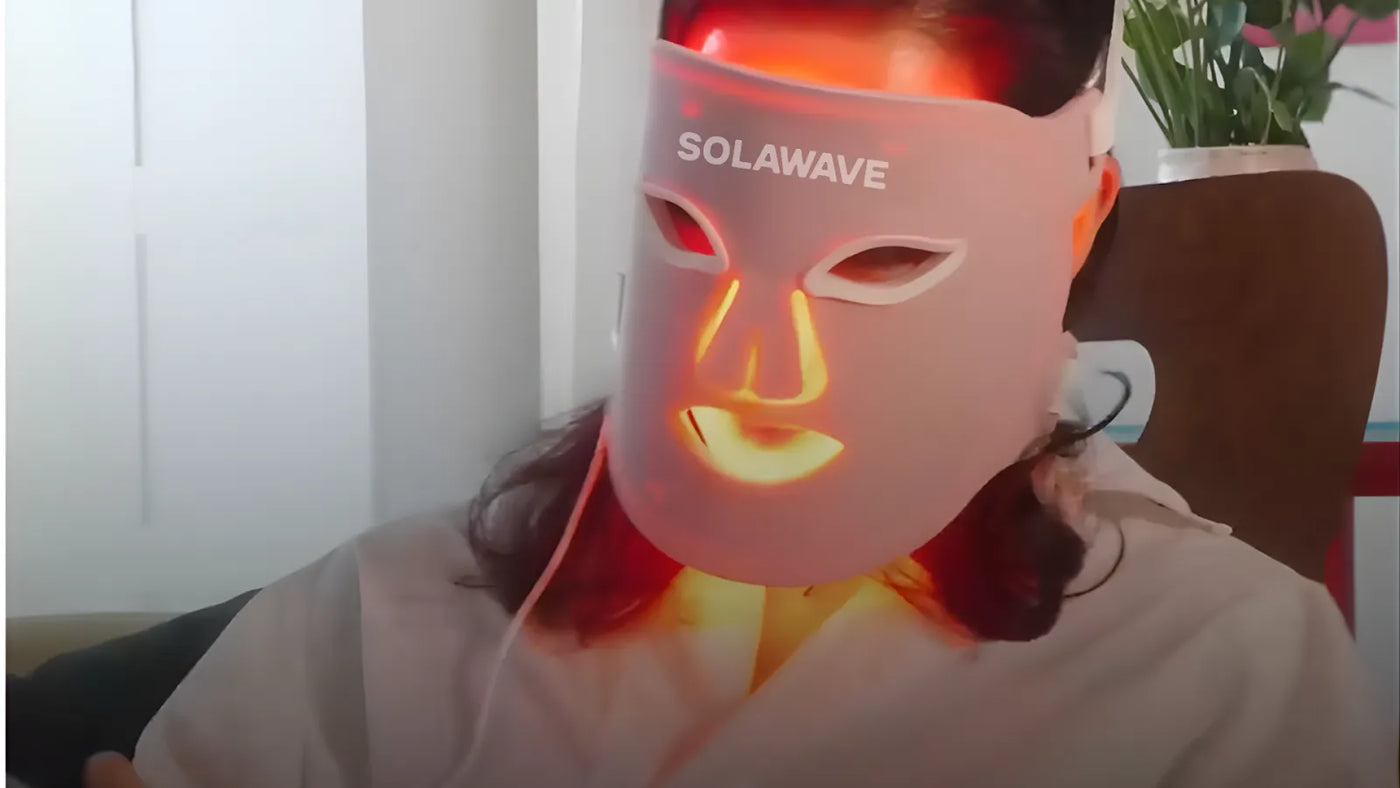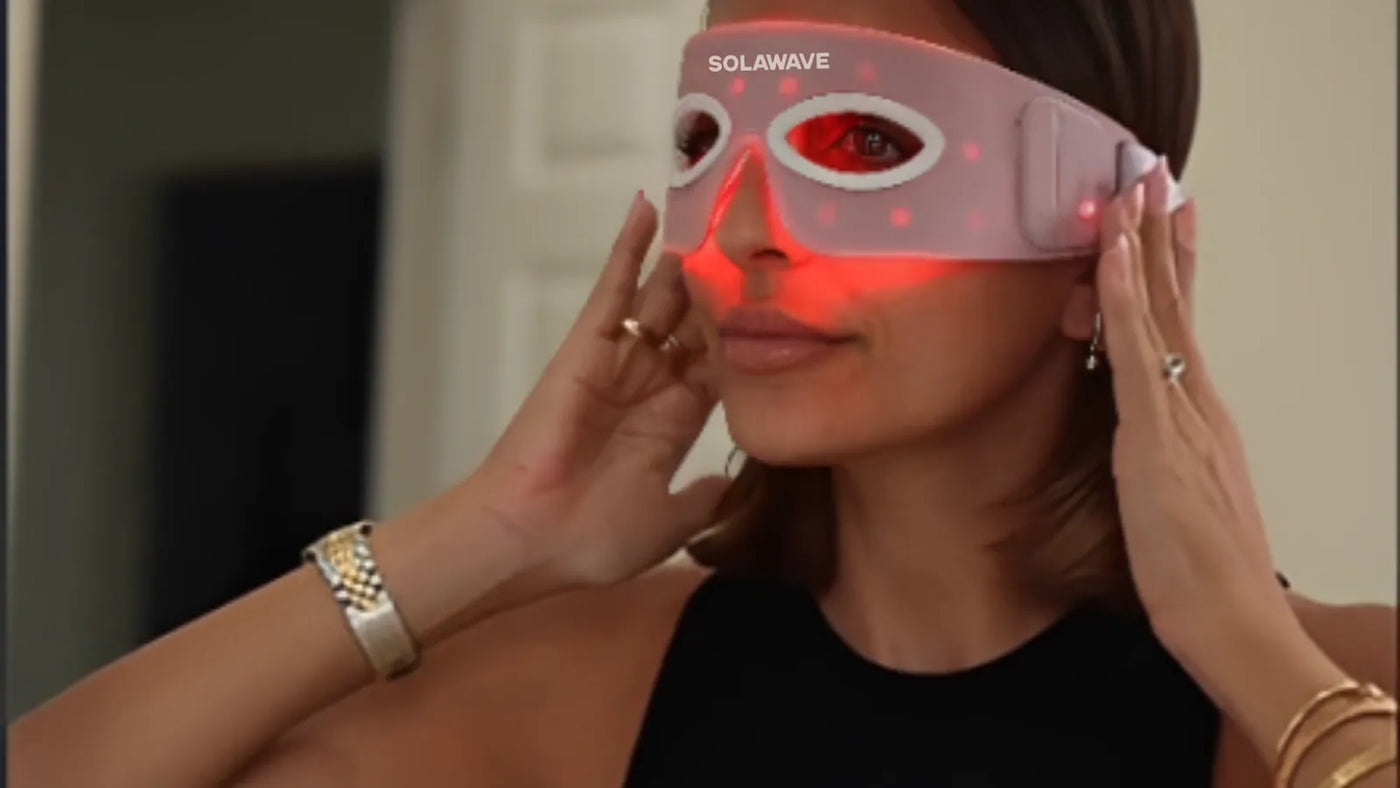

How Can Red Light Therapy Help Skin Inflammation?
Light Therapy has become a popular choice for those looking to upgrade their skincare routines with gentle, non-invasive options. You might have noticed more conversations about how different types of light can visibly rejuvenate skin and help it look fresh and luminous. One common concern many of us face is inflammation, which is when skin looks red, puffy, or irritated, often from stress, zits, or environmental factors. These visible signs can leave skin looking less radiant and more uneven. Red Light Therapy offers a soothing approach, supporting healthier-looking skin through inflammation reduction, helping to reduce the appearance of redness and puffiness, so your complexion can look glowy and refreshed.
What Is Red Light Therapy?
Red Light Therapy is a gentle skincare treatment that uses specific wavelengths of red and near-infrared light to support the appearance of healthier, more radiant skin. This technology is designed to target the visible signs of skin aging and help reduce the look of inflammation, making it a favorite for those looking to refresh their complexion.
Deep Red Light Therapy focuses on the surface layers of skin, helping to fight signs of aging such as wrinkles and promote a visibly rejuvenated look. Near-Infrared Light Therapy goes a bit deeper, supporting the skin’s overall radiance and helping it look luminous and glowy. Both types of light work together to visibly reduce redness and puffiness, leaving skin looking smoother and more even.
At-home Red Light Therapy devices are designed with safety in mind, making it easy to add this step to your daily routine. These devices use controlled light settings and are gentle enough for regular use, so you can enjoy the healing benefits and the advantages of professional-inspired skincare from the comfort of your own home.
How Does Inflammation Affect the Appearance of Skin?
Inflammation, often linked with oxidative stress, is your skin’s natural response to stress, irritation, or injury. When your skin is inflamed, it often looks red, puffy, or swollen, and may feel sensitive to the touch. This reaction is your body’s way of protecting itself, but it can leave your complexion looking uneven and less radiant.
There are many reasons you might notice visible inflammation. Environmental stressors like pollution, harsh weather, or sun exposure can trigger redness and swelling. Zits are another common cause, as your skin reacts to bacteria and excess oil. Even using new skincare products or over-exfoliating can lead to irritation and puffiness.
When inflammation is present, skin can appear blotchy, dull, or tired. You might notice areas of redness, a loss of your usual glow, or a puffy look around the eyes and cheeks. Over time, repeated inflammation can contribute to an uneven skin tone and make it harder for your skin to look fresh and luminous.
How Can Red Light Therapy Help With Inflammation?
Red Light Therapy helps with inflammation by delivering specific wavelengths of red light to the skin, which are absorbed by skin cells and support their natural repair processes and improve blood circulation, making it an effective treatment for skin conditions like psoriasis. This light energy encourages cells, including mitochondria, to function more efficiently, helping to calm the visible signs of inflammation such as redness and puffiness. By supporting healthy collagen production, Red Light Therapy also helps skin look smoother, firmer, and more radiant. This gentle, non-invasive approach can provide pain relief and leave your complexion looking refreshed and luminous, even when inflammation is present.
What Are the Benefits of Red Light Therapy for Inflammation?
Red Light Therapy may help several appearance-based benefits for skin dealing with inflammation, chronic pain, and conditions like osteoarthritis. It helps reduce the look of redness and swelling, so your complexion appears calmer and more even. Many people notice their skin looks fresher and more luminous after regular use, thanks to the way Red Light Therapy supports a brighter-looking, glowy complexion. This treatment can also visibly rejuvenate and depuff skin, making it look smoother and more refreshed. Plus, Red Light Therapy is gentle enough to use alongside other skincare treatments, including Botox®, making it a versatile addition to your routine.
How Do You Use Red Light Therapy for Inflammation?
You can experience the benefits of Red Light Therapy for inflammation and pain management through both at-home devices and professional treatments. At-home devices are designed to be safe and easy to use, allowing you to incorporate Red Light Therapy into your routine without needing to visit a spa or clinic. Professional treatments may offer higher-intensity options, but many people find that consistent use of at-home devices delivers noticeable results over time.
To add Red Light Therapy to your skincare routine, start with clean, dry skin. Hold the device close to your face or the area of concern, following the instructions provided with your device. Most people find that using Red Light Therapy three to five times per week for about 10 to 20 minutes per session works well, but always follow the specific guidelines for your device. Consistency is key, and regular use helps support healthier-looking, more radiant skin and can help to visibly reduce the look of scars, redness, and puffiness caused by inflammation.
Choosing A Red Light Therapy Device
Finding the right Red Light Therapy device can make all the difference in your skincare routine. Whether you want to target your entire face, focus on your neck and chest, or refresh the delicate eye area, there’s a device designed for your needs. Explore these options to see which one fits your goals best.
Wrinkle Retreat Light Therapy Face Mask
Wrinkle Retreat Light Therapy Face Mask is designed to deliver Red Light Therapy across your entire face, helping to reduce the look of redness, puffiness, and fine lines. This comfortable, full-coverage mask supports a brighter, more radiant complexion and is perfect for anyone looking to upgrade their at-home skincare routine with professional-inspired results.
Neck & Chest Red Light Therapy Mask LightBoost Kit
Neck & Chest Red Light Therapy Mask LightBoost Kit targets the often-overlooked neck and chest areas, delivering Red Light Therapy to help smooth, rejuvenate, and visibly depuff these delicate zones. The mask is contoured for a comfortable fit and works to support healthier-looking skin where signs of aging and inflammation can be most noticeable.
Red Light Therapy Eye Mask LightBoost Set
Red Light Therapy Eye Mask LightBoost Set is specially designed for the sensitive skin around your eyes. This targeted mask helps reduce the appearance of puffiness, dark circles, and fine lines, leaving your eye area looking refreshed and luminous. Its gentle design makes it easy to incorporate into your daily routine for a visibly brighter, well-rested look.
What Results and Safety Considerations Should You Expect?
With regular use, many people notice their skin looks calmer and more radiant within a few weeks of starting Red Light Therapy. Improvements like reduced redness, less visible puffiness, and a brighter-looking complexion often become more noticeable with consistent sessions over time.
Red Light Therapy is generally considered safe for most skin types and tones, making it a gentle option for those looking to address visible inflammation. It’s non-invasive and doesn’t require downtime, so you can easily fit it into your routine. To minimize any risk of side effects, always follow the instructions provided with your device and avoid overuse. Some people may experience mild temporary redness or warmth after a session, but this usually fades quickly. If you have sensitive skin or are using other skincare treatments, including Botox®, Red Light Therapy can typically be used alongside them, but it’s always a good idea to check with a skincare professional if you have any concerns.
How Long Does Red Light Therapy Take to Reduce Inflammation?
The timeline for seeing results from Red Light Therapy can vary from person to person, but many people begin to notice a reduction in the look of redness and puffiness within two to four weeks of consistent use. For best results, it’s recommended to use Red Light Therapy three to five times per week, with each session lasting about 10 to 20 minutes, depending on your device’s instructions. Some people may see subtle improvements sooner, while others may need a bit more time for visible changes to appear.
Which Color Light Is Best for Inflammation?
When it comes to addressing visible inflammation in the skin, Red Light is considered the most effective option. Red Light Therapy uses specific wavelengths that are easily absorbed by skin cells, helping to calm the look of redness and puffiness. This gentle approach supports the skin’s natural repair processes and encourages a smoother, more even appearance. While other colors of light, such as Blue Light, are helpful for targeting acne-causing bacteria, Red Light is especially well-suited for reducing the visible signs of inflammation and promoting a refreshed, radiant complexion.
Can You Overdo Red Light Therapy?
While Red Light Therapy is gentle and non-invasive, it is possible to overdo it if sessions are too frequent or too long. Using Red Light Therapy more often than recommended or extending session times beyond your device’s guidelines can lead to temporary redness, dryness, or mild irritation. For most people, using Red Light Therapy three to five times per week for about 10 to 20 minutes per session is ideal. Always follow the instructions that come with your device and give your skin time to rest between sessions. If you notice any discomfort or sensitivity, it’s a good idea to take a break and allow your skin to recover before resuming your routine.
Check out the full Solawave collection and find devices and serums designed to seamlessly fit your skincare routine for salon-worthy results at home.
Sources:
-
The Mechanisms of Low Level Light Therapy (Red Light Therapy) – PMC
-
Red Light Therapy for Skin Rejuvenation – Journal of the American Academy of Dermatology





















